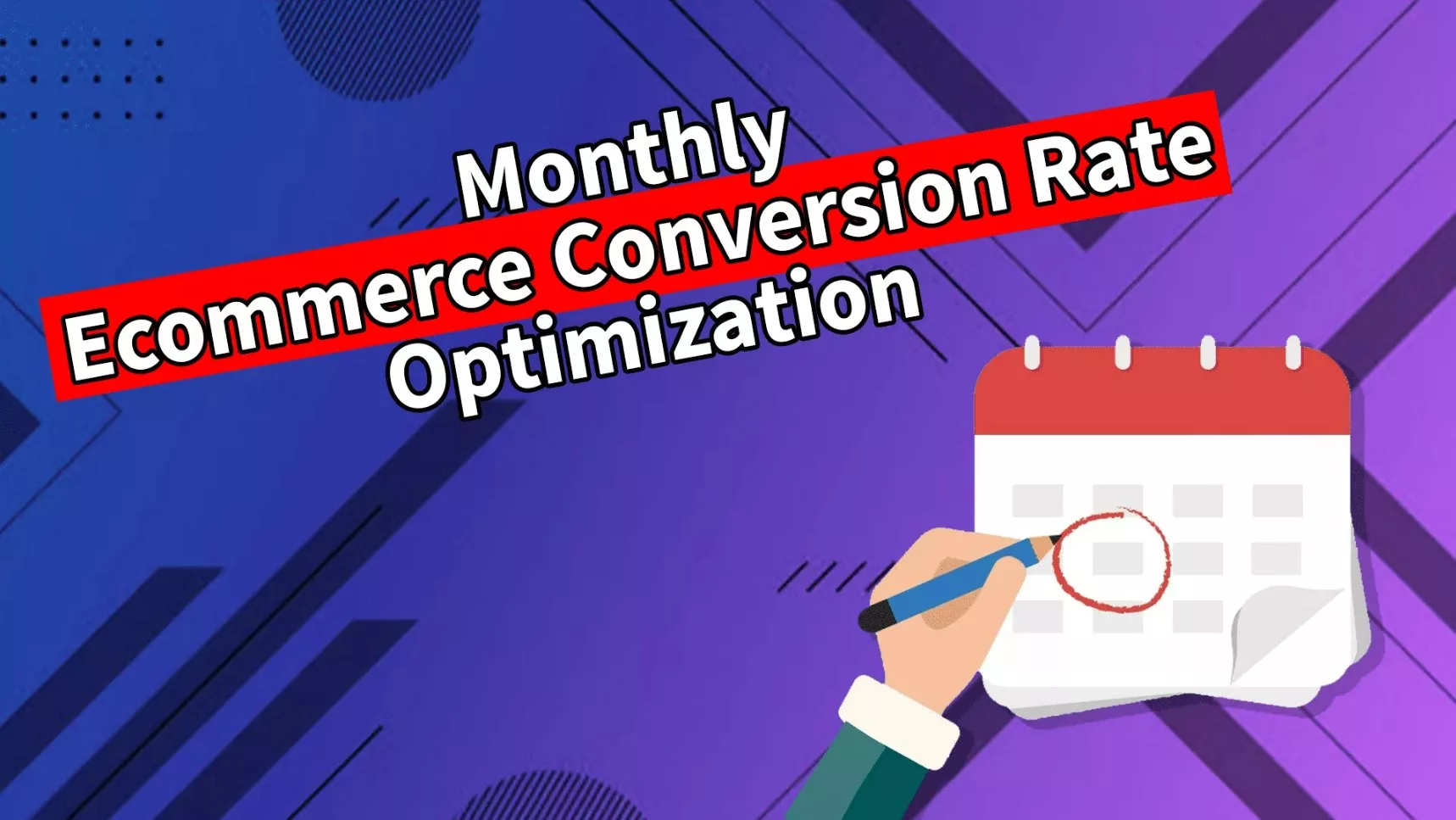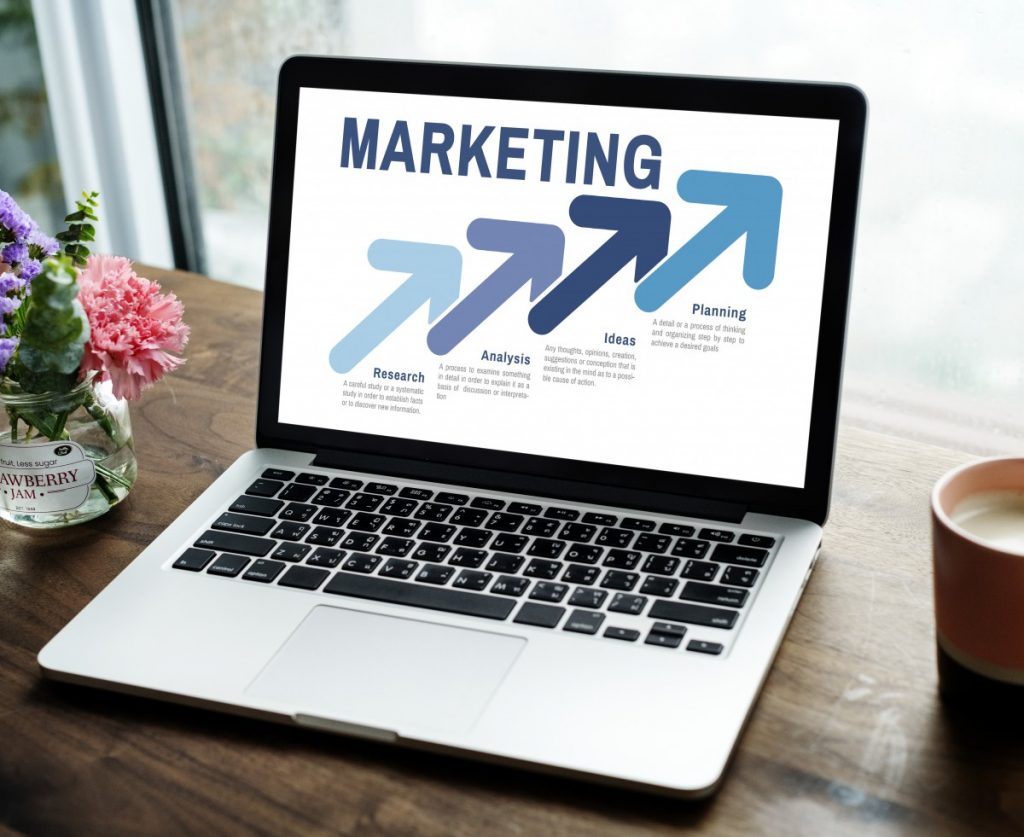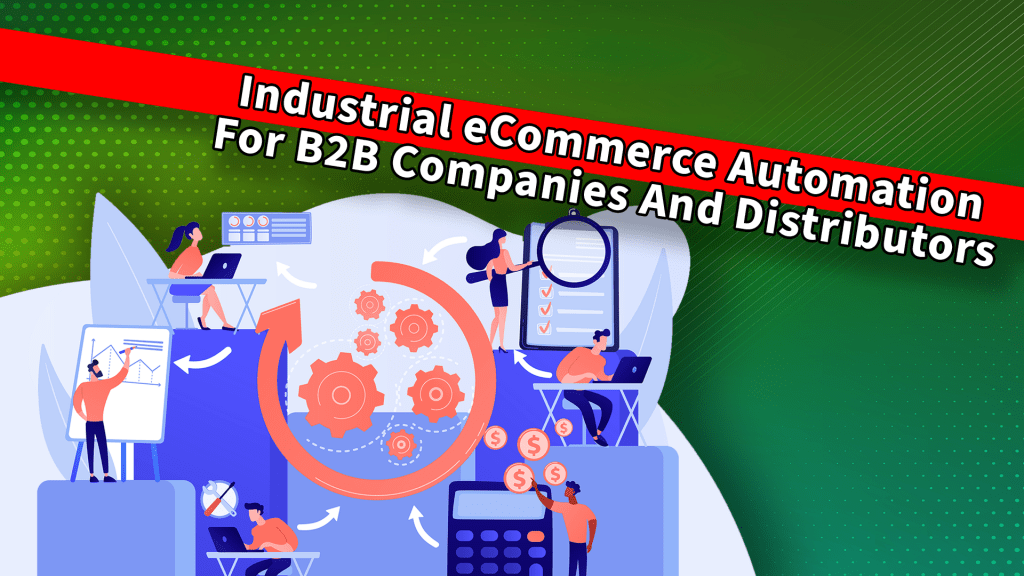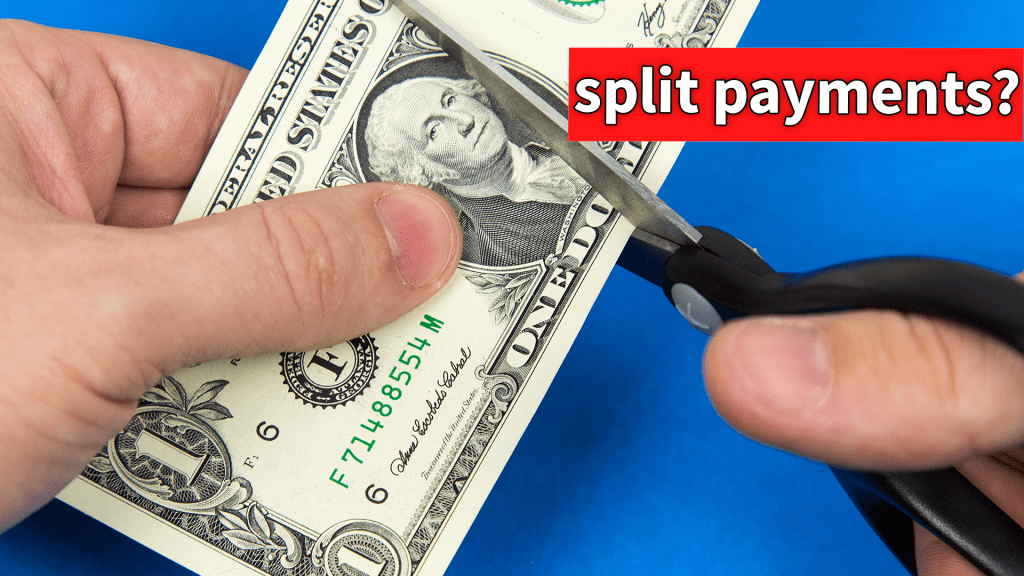Many business and eCommerce owners see conversion rate optimization as a one-time project. A client or prospect comes and says, “Here’s my eCommerce site. I’m earning six million dollars in revenue right now. Fifty percent of my traffic comes from organic Google. twenty percent from Facebook, twenty percent from YouTube, and ten percent from affiliates. How can I leverage this?”
They know they could do better in terms of their conversion rate, but they don’t know-how. The team would respond, “Here are the most important things that we would do in the next sixty to ninety days.” This would become constant, however.
Why Should You Do eCommerce Conversion Rate Optimization on an Ongoing Monthly Basis?
Why can’t you just do CRO as a one-time project?
There are multiple reasons why. Most importantly, your users are going to be changing. This can change their demographic, consumer behavior, or devices for making purchases. If you’re not monitoring this on a daily or even weekly or monthly basis, you have no idea what trend to follow or what action to take from an optimization standpoint.
For example, if you see that now the majority of your online visitors are accessing your site from an iPhone and you don’t have Apple Pay, you leave tons of money on the table. Understand who your users are, where they’re coming from, what devices they’re using, and how they’re interacting on your site.
Essential Tools for eCommerce Conversion Optimization
Optimum7 recommends having heat map tools, such as Hotjar, Lucky Orange to see how the users are actually navigating through the site. The team may run into times where there are little errors on the site that are overlooked or no one really caught them. However, the users that are coming to your site do catch it and they do drop off. If you’re not looking at this on a monthly basis, you’re really hurting yourself in the long run.
The marketing team has learned it’s pretty difficult to double your traffic. Even so, it’s really straightforward and I would say it’s easier to double your conversion rate. Most eCommerce businesses out there don’t know this or they’re not aware of this. Apply Pay is just one element that you could improve that could give you a boost of ten to fifteen percent in conversions. That’s a ten to fifteen percent increase in revenue and a lot of the eCommerce business owners don’t really see that.
The team looks at hundreds of different elements for a conversion optimization process. The marketers would love to do this on a monthly basis to increase conversions regularly.
Relevant technology and players are constantly changing. For example, you might have some custom functionality on your checkout pages and you might need to operate your JavaScript version. But once you upgrade that JavaScript version, now your Internet Explorer 11 is going to be incompatible with your checkout. Only an ongoing conversion rate optimization plan can fix this.
Suppose a client takes up this strategy. The value can be anywhere from five to sixty thousand dollars, depending on how much work is involved. The changes affect conversions, design, functionality, the pre-checkout upsells, post-checkout upsells.
The marketers even put upsells in email notifications for the orders. Once your order goes through, not only do they do a pre-check out upsell and a post-checkout upsell, but the marketer even sends an upsell in the order notification.
Let’s say a customer makes $10 million in revenue and the marketer saw a lot of potential for CRO. With that, how many months would you put me on a conversion rate optimization plan, basically? How would you plan that out?
So after the marketers get access, they look and see what the lowest hanging fruit is, to implement within the first sixty to ninety days to provide the most amount of value. Then they put together a six-month execution strategy.
Executing a Conversion Optimization Strategy
What does that execution schedule look like? What elements are involved?
An advanced conversion optimization checklist varies based on the platform: Shopify versus BigCommerce or Magento. This checklist goes from very top-level items such as your product images to custom functionality that can be used to increase your average order value as well as your conversion rate.
Optimum7 has deep crawling capabilities and for price comparison purposes, and for a couple of other SaaS solutions that engineers have built. They actually crawl the giant eCommerce sites out there on a daily basis. The engineers actually made us aware of this. We crawled Amazon seller pages. We crawl Amazon product pages. We crawl Wayfair, we crawl Overstock, we crawl House.
Amazon leads the number of changes. They make around five template changes on a daily basis. How can small and medium-sized businesses compete against these billion-dollar companies that have million-dollar resources?
The short answer is you can’t. However, if you’re paying attention to your conversion rate optimization strategy and you’re implementing this and executing this on a monthly basis, you’re going to be able to narrow the gap and that goes without saying. Pay attention to this. You have to be monitoring pricing. Are you priced competitively? Customer reviews, are you actively doing anything to try to increase your reviews?
Over ninety percent of shoppers will read reviews before making a purchase decision. If you don’t have reviews, they’re going to go to the same exact product on a different site that does. So these are the little things that you need to be looking at if you want to even have a chance to compete with the giants.
If you have a product on your website, and if the same product is on Amazon on their Prime with the same price, why would somebody buy it from your website, but not go to Amazon and get two-day free shipping or overnight shipping for three bucks? Why?
If you cannot answer that question, then you don’t have an eCommerce business or you’re not going to have an eCommerce business in the long-term.
eCommerce SEO as an Element of Conversion Rate Optimization
In reality, everything falls under conversion rate optimization. This includes SEO. Contrary to what many people think, SEO is not a standalone project but rather should fall under CRO.
Which one is greater than the other one? Is conversion rate optimization greater than SEO optimization or vice-versa?
Look at the terms as one and the same. We know that one of the biggest ranking factors in Google’s algorithm now especially come 2021 is going to be site speed.
You’re feeding all data related to engagement and site speed to Google Analytics. They know which page is converting, which page is not converting. As a result, Google knows your conversion rate.
How will they rank you?
If you have a poor conversion rate or terrible user experience, you’re not going to rank for SEO on search engines. So optimizing for SEO, you’re optimizing for your conversion and vice versa.
Over the next three to five years, marketers will craft a conversion rate optimization plan on a monthly basis for our clients. The team puts SEO, page speed and paid search optimization all under conversion rate optimization.
Conversion rate optimization directly affects your bottom line and profits. However, if you don’t pay attention to your product pages and your conversion rates and your template structure, and the 250 checklist items that we have under our CRO strategy it doesn’t matter how much traffic you get from SEO. It’s not going to convert. You’re not going to know the right way to convert.
Improving Product Page Conversion Rates
What is the product strategy?
Suppose you’re selling a $6,000 product. Clients in this price range may retail expensive jewelry and watches, with an average order of nine thousand dollars.
Your conversion rate, as a result, is low. The marketers pay attention to the secondary calls to action instead of the primary calls to action.
Talk about that strategy.
Many people don’t know about nurture funnels. They make millions of dollars for marketing clients. Especially once you start to get into the higher price point products, you need to have a nurture funnel. These individuals are still in the consideration phase. They’re not ready to enter their credit card information for a thousand-dollar purchase after just viewing you one-time. You need to follow up with them.
It’s touchpoint after touchpoint after touchpoint. Engage, capture their information, an email with an incentive so you can remarket to them through email or Facebook in the future.
These nurture funnels revolve around your value proposition to the customer or the user. How are you different from everybody else? How will you make their experience better than everybody else’s? When people are making buying decisions, they’re looking at the following. Am I going to make money? Am I going to save money? Am I going to love this product? Can I show off this product?
There needs to be a social element with that product, with that purchase. Which side of the buyer are you appealing to during a conversion? If you answer that question, then it’s a good idea.
Conversion optimization is an endless checklist. Once you get to the bottom, you go back to the top and you work your way down the list again. The ongoing process should never stop.
If you have questions about the conversion rate optimization plans that we do on a monthly basis, we’re happy to answer any questions. Paying attention to this strategy at least once a week. We’ll talk to you guys next week.
Is your website underperforming? Make more of the traffic you’re already getting!





